The hokey style of 1950s educational films makes them richly mockable today. But the real kicker is that they were preemptively mocked decades before they even peaked.
In 1968, a commissioned retrospective of Encyclopædia Britannica Films, one of the leading companies behind those black-and-white educational films, quoted The New Yorker‘s snobbish reaction to the birth of the genre in 1929:
We are troubled by the haunting dread of living in a completely canned civilisation where everyone will look like Clara Bow and talk like Eddie Leonard. Without doubting Mr. Fox’s honorable intention, we are nonetheless anxious to know whether the talkies are going to approach science and education the way they have approached life. We want to know whether they intend to give truth a happy ending!
While this quote was resurfaced as a gentle “we sure showed them”, in hindsight it predicted everything we’d come to think of these films: That they’re fatuous, simplistic, and eager to fit all of Western society into the same well-behaved, charming (and white and Christian) mould.
For decades, EBF (first as ERPI Classroom Films) and competitors such as Centron Corporation and Coronet Films produced educational films to be projected in the classroom. They covered traditional school subjects such as crustacean biology and the Civil War. But the films that loom large in the public memory are the ones that taught children how to behave: How to practice hygiene, social skills and planning. The Prelinger Archives has both types, in its collections of 41 Centron films and 223 Encyclopædia Britannica Films. Here are some of the best — and what they reveal about the time period.
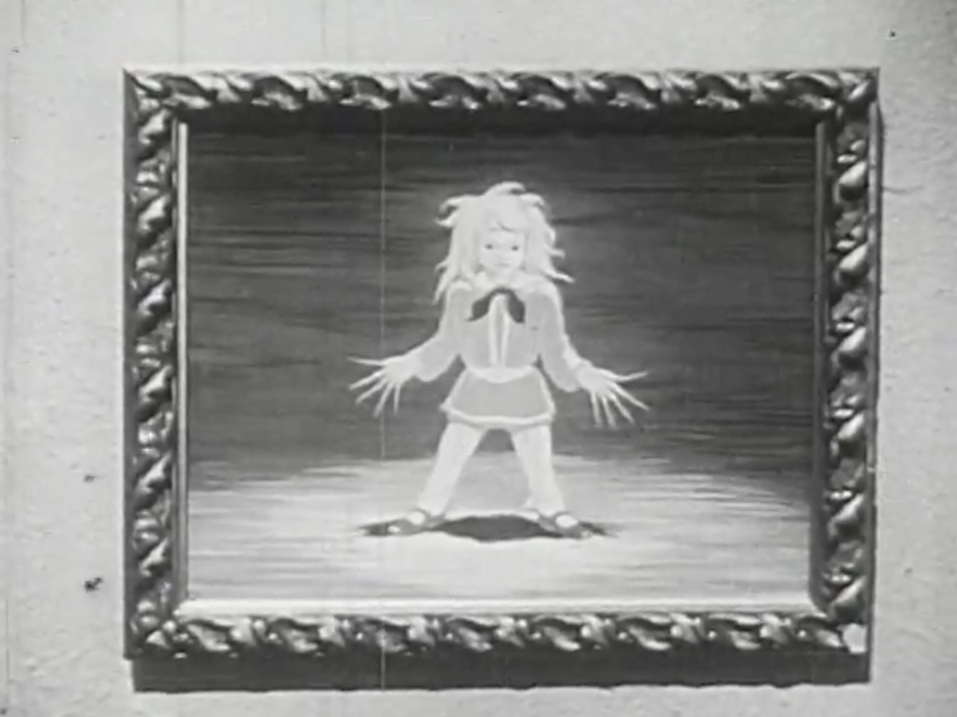
In Health: Your Posture, a girl named Adrelene has such bad posture that her bedroom mirror calls her out on it. The film blames all kinds of medical issues on bad posture, and recommends solutions such as scheduled rest and well-constructed shoes. In Care of the Hair and Nails, the boy Stanley learns hygiene tips to maintain all his dead cells and not end up a shaggy claw monster. So far so good; while dated, these videos teach habits that we still value today.
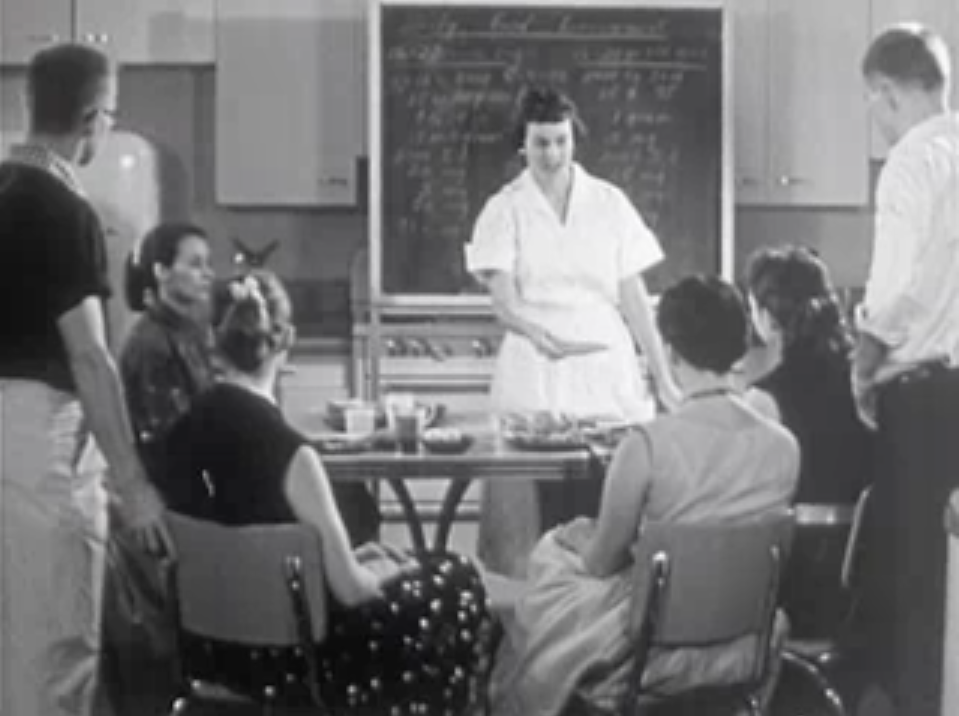
But outdated societal roles loom over even the most innocent of these films, and most of the time they barge right into the centre. In Why Study Industrial Arts? a boy learns how shop class will prepare him for a life as an engineer, builder or architect. In Why Study Home Economics? a girl learns how home ec will prepare her for a life as a housewife. (The latter pays some lip service to university prep, for girls who don’t get married “right away”.)
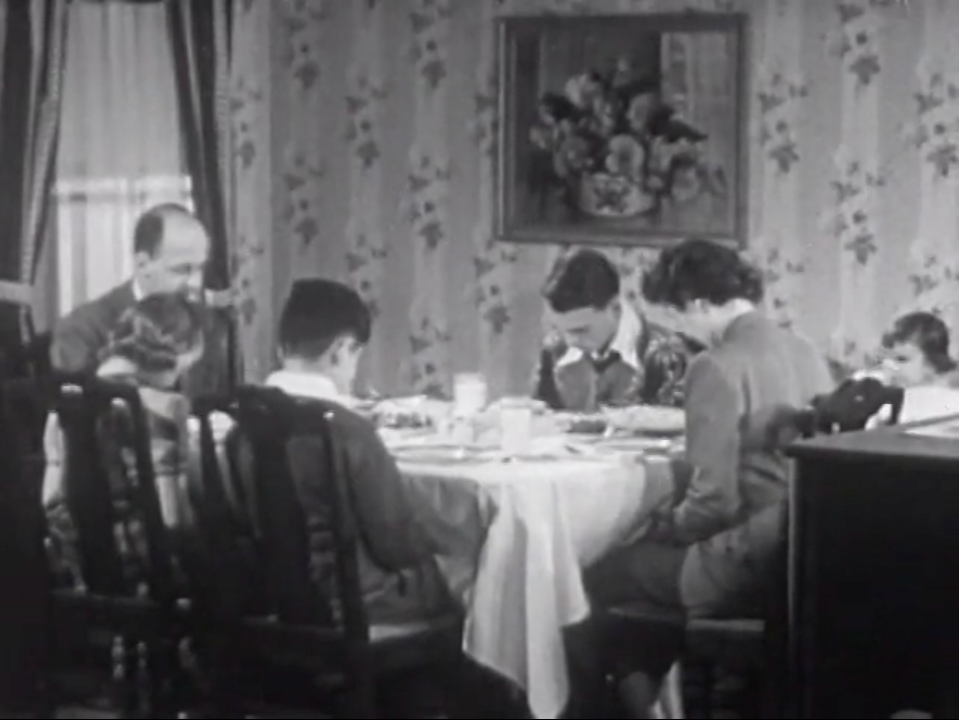
A Day of Thanksgiving teaches how much middle-class Americans have to be thankful for, even in hard times, through the eyes of a garage mechanic’s family who can’t afford a Thanksgiving turkey. The family’s list of blessings includes material possessions and conveniences, and a long list of American values such as freedom of speech, privacy, and the right to choose a job. The family is white.
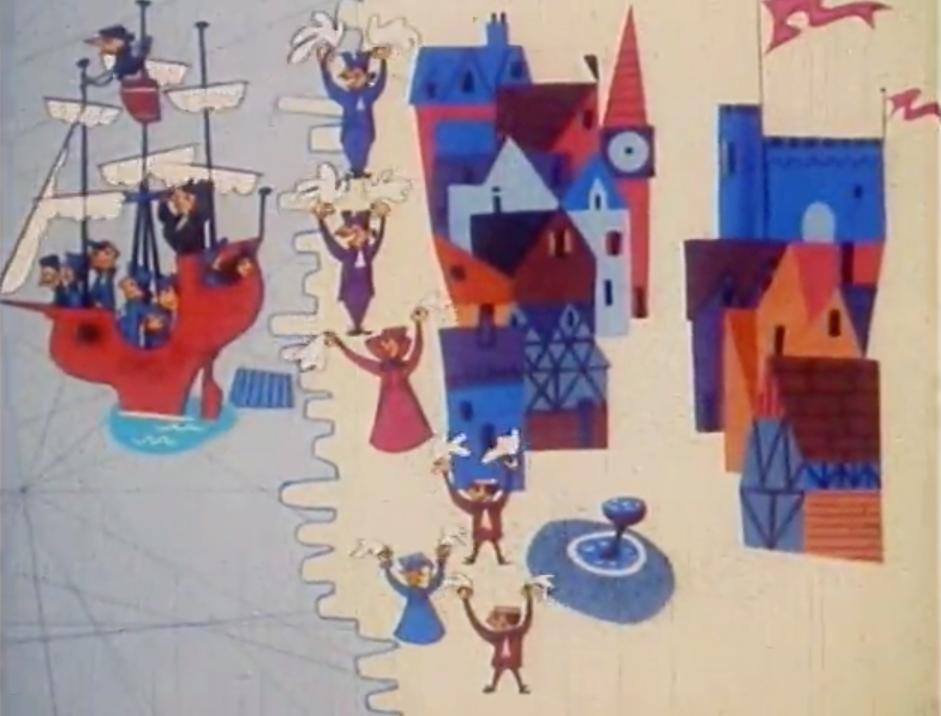
Adults got their own film indoctrinations from companies such as Sutherland Productions. The 1949 educational cartoon Why Play Leap Frog? tells workers that wages will catch up to prices if only workers increase productivity — no need to blame the owners and managers if you can’t afford your company’s own product! And the cartoon It’s Everybody’s Business, commissioned by the Chamber of Commerce, presents the 40-hour workweek as the natural result of Western capitalism, and not the result of government regulation and prolonged worker action fought at every step by corporations.
Today, in-school films are more widely sourced; educational TV provides its own perspectives, and millions of educational videos bloom on YouTube. Now that production requirements are little more than a computer and a smartphone, a classroom can enjoy perspectives that aren’t so mainstream and well-funded. Of course, even the best of these might look laughable in another half-century.
Welcome to Retro Week, where we’ll be firing up the flux capacitor and bringing you 1950s know-how on everything from casserole-making to fallout-shelter-building to the joys of letting kids relax and play with trash.
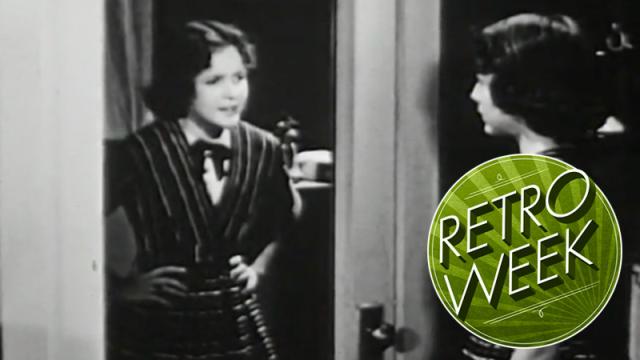
Comments